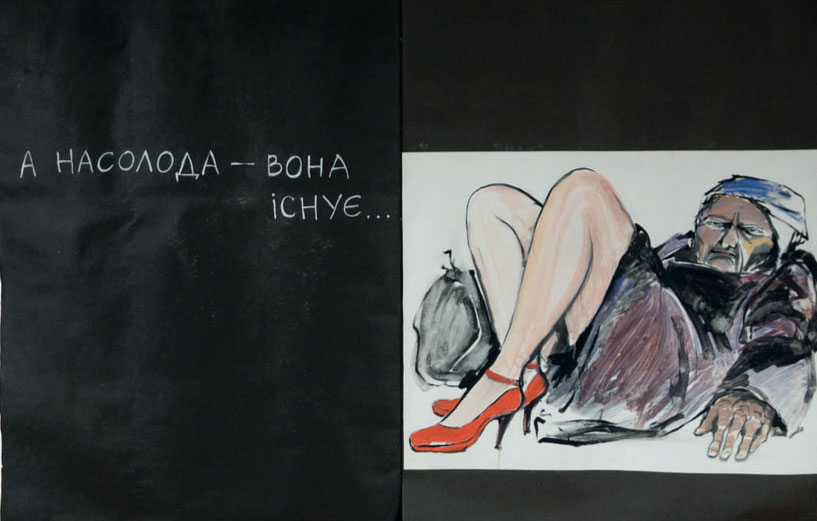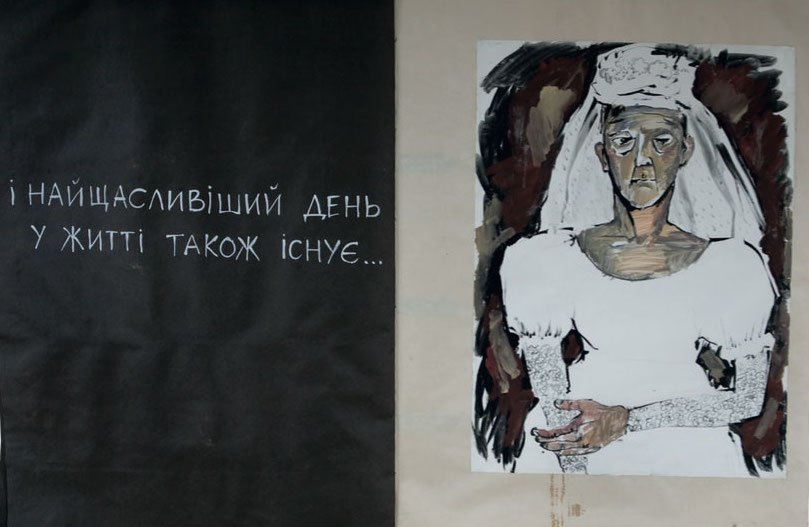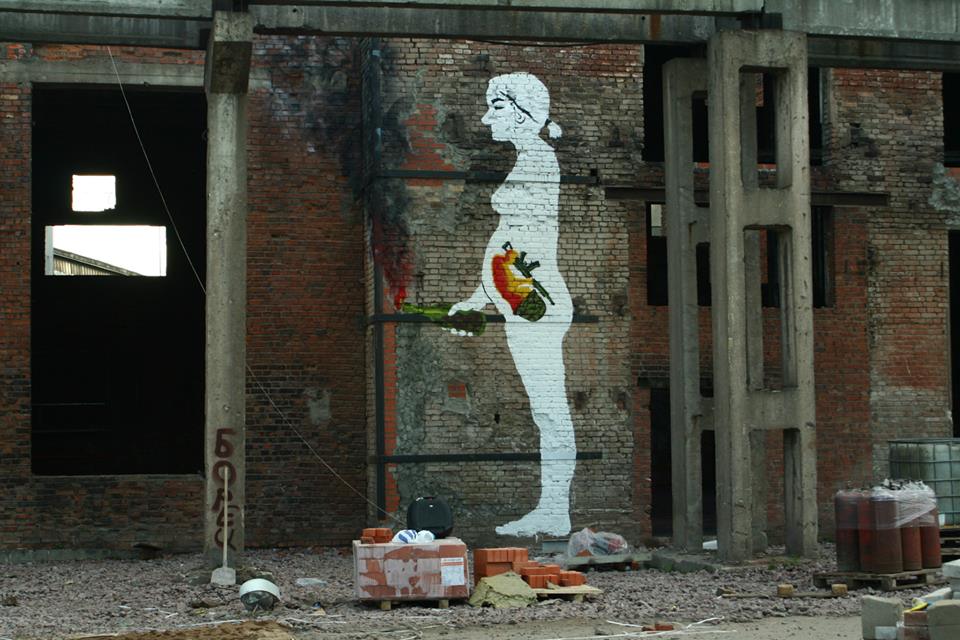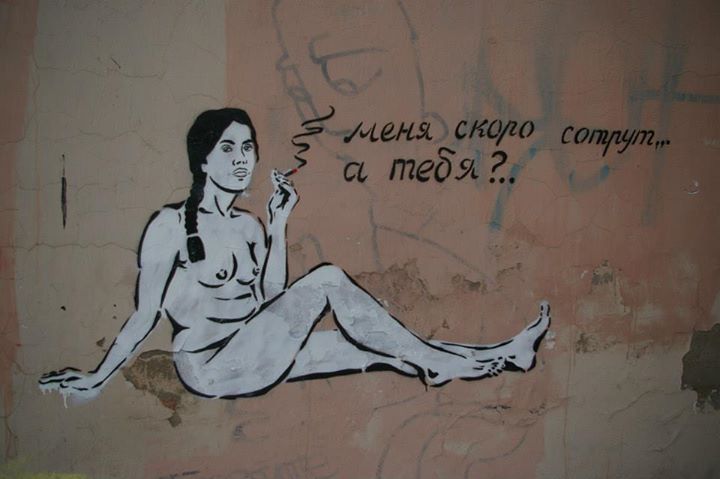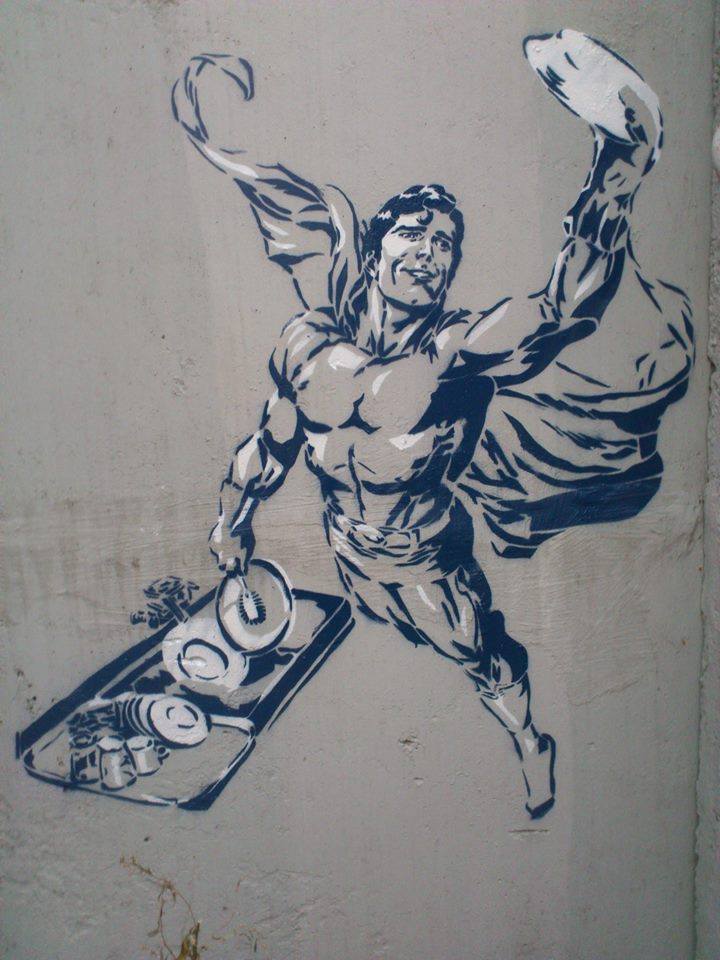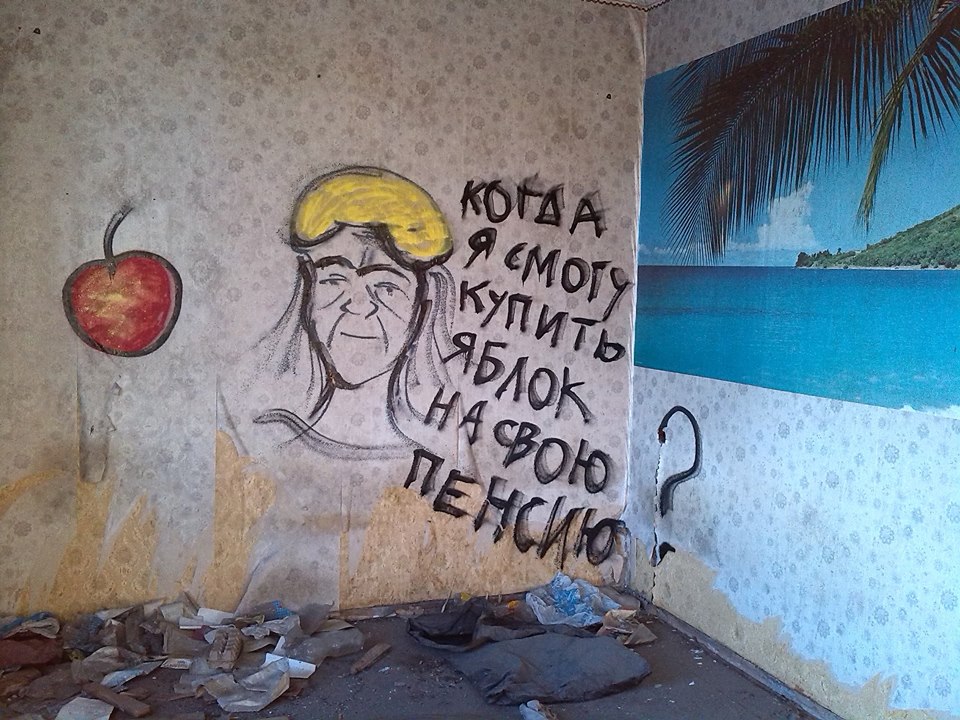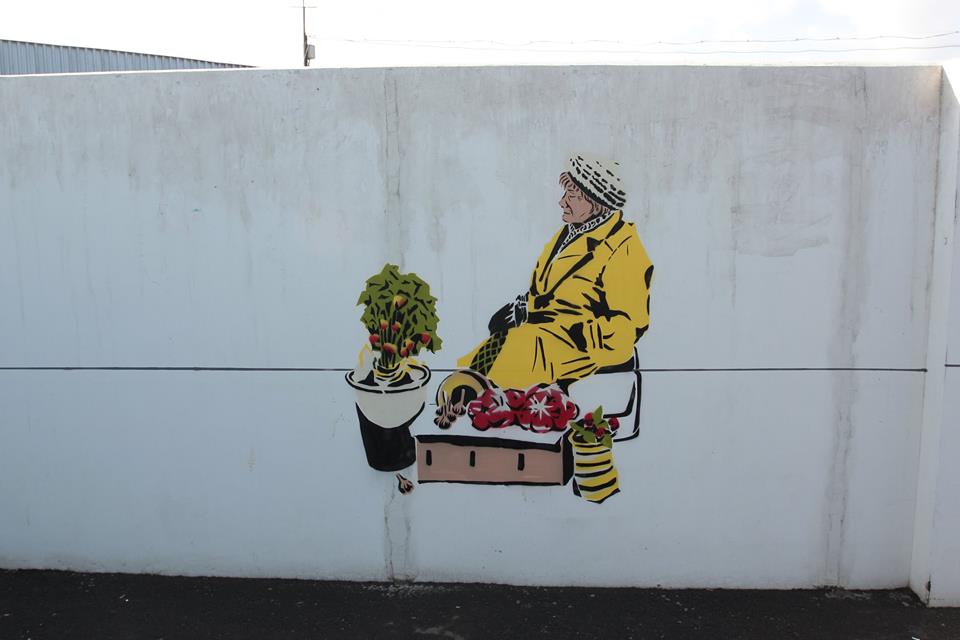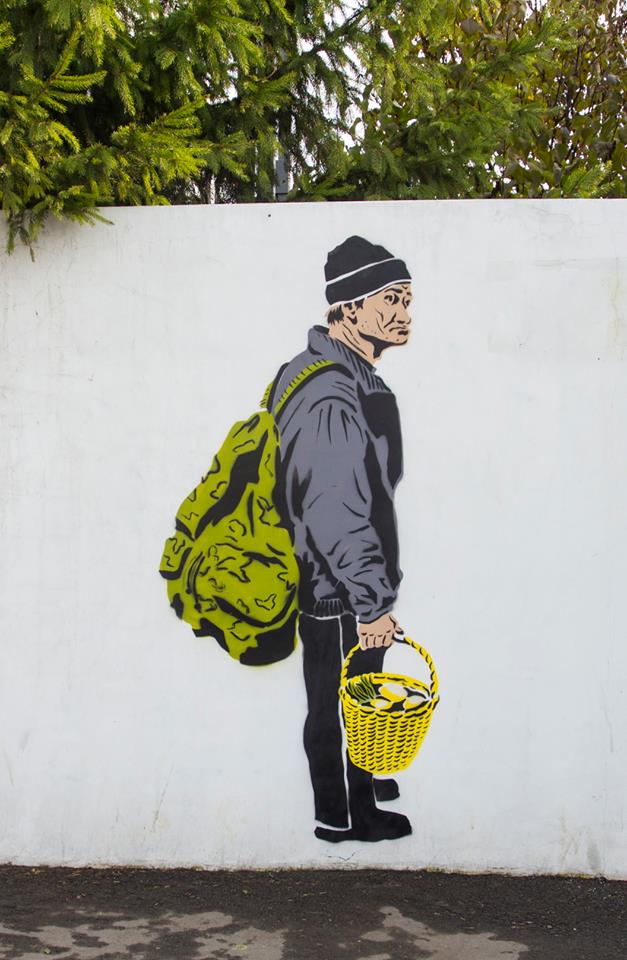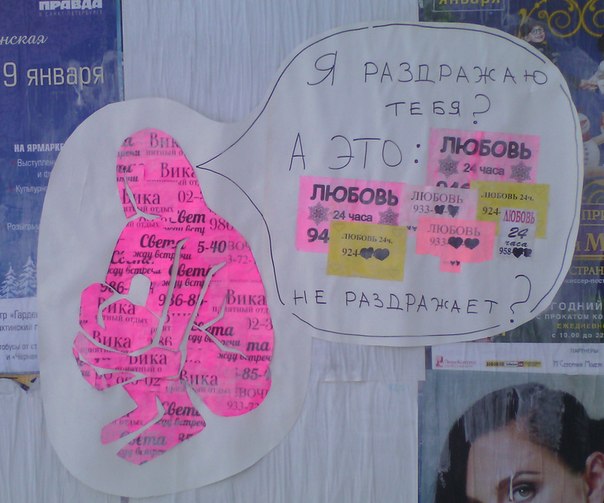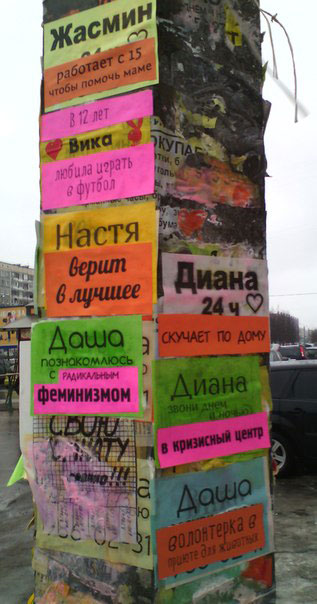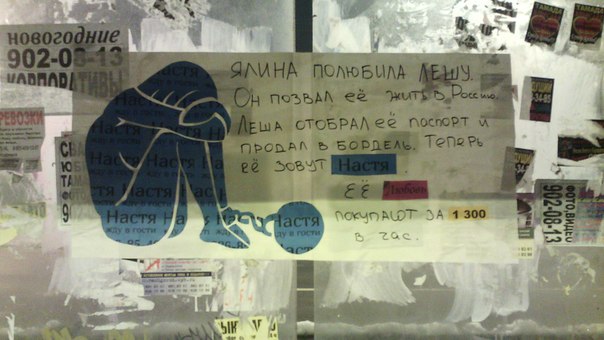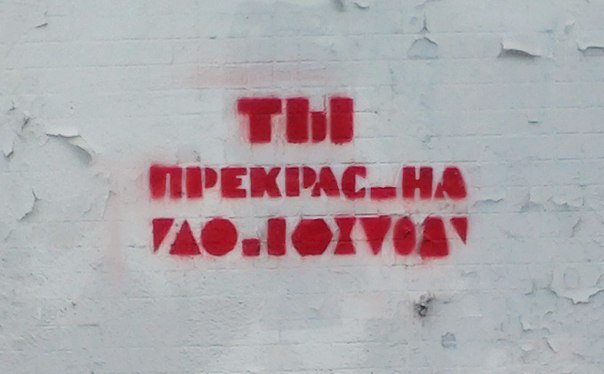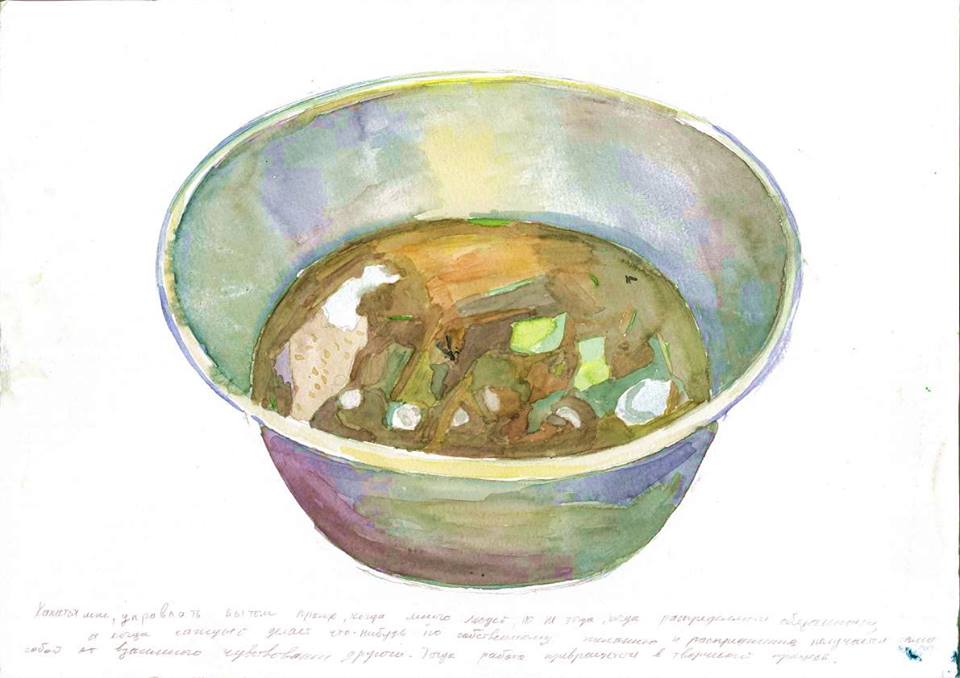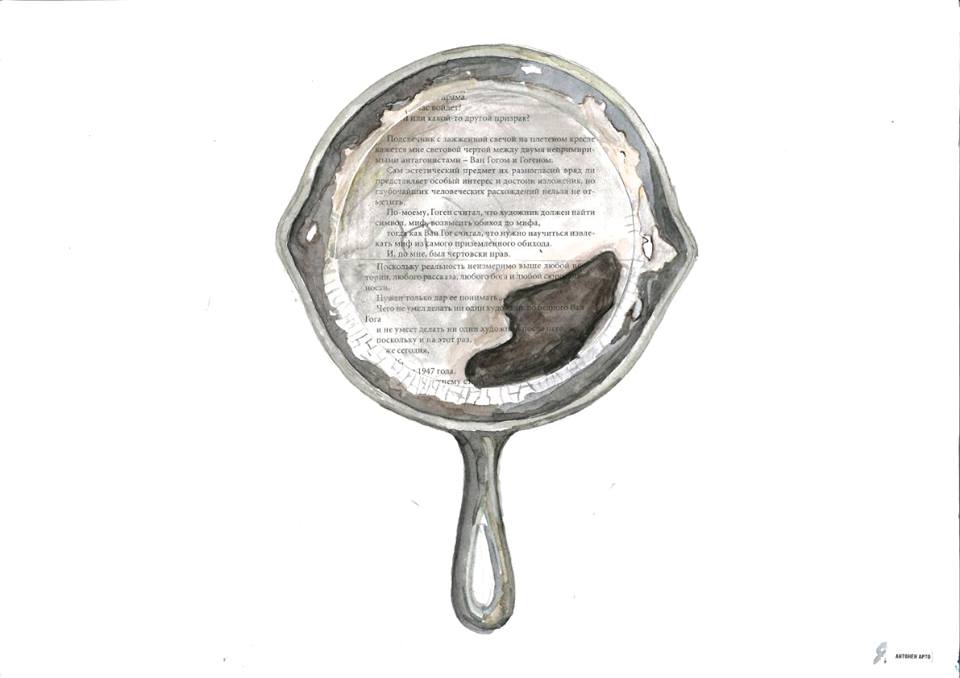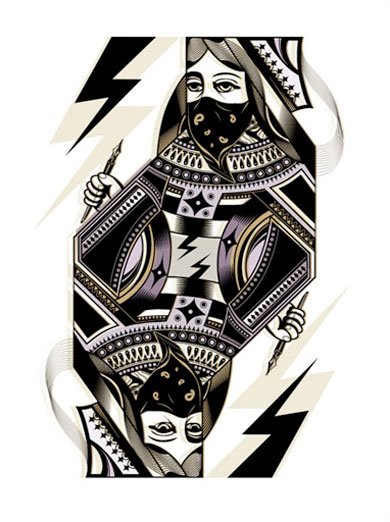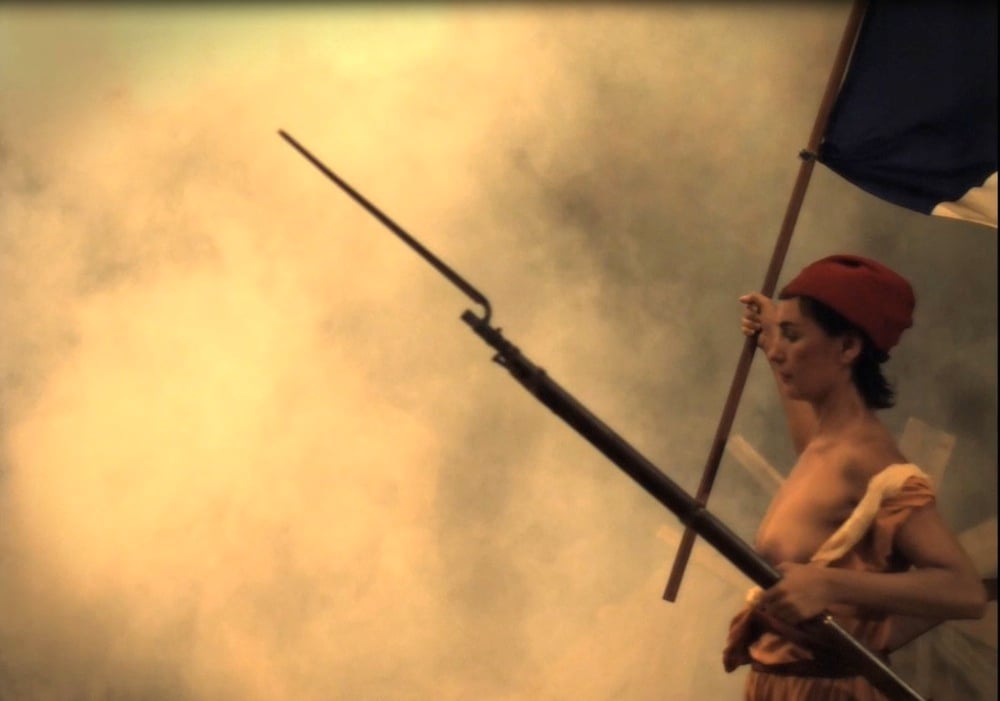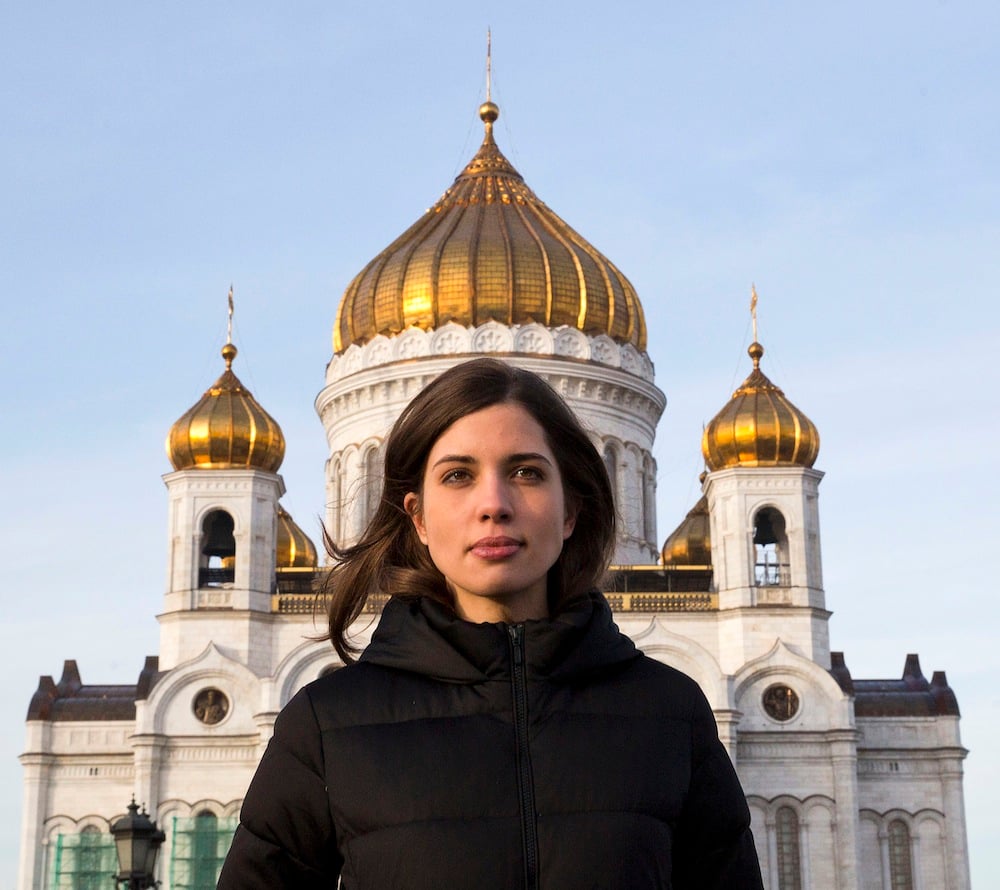All the rage: Russian feminist artists against the status quo

In recent years, feminist exhibitions have finally broken onto the Russian art scene. Working across painting, graphic and performance art, as well as activism, here are eight feminist artists to watch
If the recent series of drawn-out arguments over gender equality between Russians on Facebook is anything to go by, the third wave of feminism has finally hit the new east. In fact, judging by the scope of these fights, spilling over from the Facebook accounts of the biggest media personalities and opinion-makers into newspapers and opinion columns, the wave is more of a tsunami.
While patriarchy continues to hold strong, even protected by people with generally progressive views like liberal journalists, bloggers and artists, many feminist activists have taken up graffiti, painting and other media in retaliation. More recently, feminist artists have come together with like-minded curators to organise several grassroots events and exhibitions. The first of these, the annual show Feminist Pencil, launched in Moscow in 2012. Showcasing graphic and street art, it went on to travel to St Petersburg and Murmansk. Post-Soviet Cassandras, a group exhibition of Russian feminist artists, is currently on show in Berlin. In the past, similar exhibitions have also taken place in Vienna and Oslo to establish a dialogue with European feminists, to share experiences, and generally to get away from those people who reject the term “feminist” altogether, even amongst artistic circles in Russia.
Below are the biggest names in the sphere where art and activism mix. Some are well-known, while others are at the start of their careers. Since the drawings get republished in feminist zines such as Volya, they are intentionally simple. The message these artists share, however, is loud and clear.
Gluklya
You’re likely to come across the paintings of Glukya (real name Natalya Pershina-Yakimanskaya) in feminist exhibitions but she is mostly known as a performance artist, part of the Factory of the Found Clothes art collective (the name is a word-play in Russian, sounding very close to “the factory of the found hopes”). Among the group’s most famous performances is the 1996 Tribute to Poor Liza, dedicated to the main character of Nikolay Karamzin’s novel Poor Liza — a peasant girl who commits suicide by jumping into a lake because she couldn’t be with the man she loved. Mirroring Karamzin’s heartbroken hero, Gluklya and Olga Egorova (the other member of the collective) jumped from a bridge into one of St Petersburg’s canals wearing long white dresses. This year she is one of the two Russian artists selected to take part in the Venice Biennale.
See also: performances by the groups Mokhnataya Podmoga and the art group Rodina; performances by Kado Cornet in St Petersburg and Berlin.
Ilmira Bolotyan
A writer and a TV producer, Bolotyan is also well known as a painter. Her method is routine: she takes photos of people in the metro on her phone to draw from. “I prefer labour, not inspiration,” she says of her style of work, relating it to Andy Warhol. Bolotyan uses coloured pencils first, then etches over the pictures with a dry needle and colours them with oil paints. The images turn out hyper-realistic, almost exaggerated. People look alive, their faces tell stories as if they are part of a documentary photo series, and gender roles and behaviours become both subtle and obvious, just as they are in real life.
See also: hyper-realist works by Kiev-based artist Alevtina Kakhidze; drawings by Zulif.
Victoria Lomasko
An established artist and activist, a large part of Lomasko’s work consists of documentary-style drawings from protests, rallies and courts, including the Pussy Riot case. Russian Reporter magazine named her as one of the most important contemporary artists in Russia in 2013. Always striving to show a part of life that most people don’t usually see, Lomasko went to Nizhny Novgorod, a city about 400km east from Moscow, to work on a project that documents the life of sex workers of the fifth largest city in Russia. The Girls of Nizhny Novgorod, are drawn in a simple manner (the artist explained later she had very little time to draw), and include real quotations from conversations Lomasko had with the women.
See also: Paintings and comic strips by Strasbourg-based Polina Petrouchina; political and feminist paintings by Lena Hades.
Oksana Brukhovetskaya
Oksana Brukhovetskaya is a Ukrainian artist and curator from Kiev. Her project for Feminist Pencil 2013 focussed on the issues of poor and homeless women, and the societal attitudes towards them. She first became interested in the topic on a walk with her child, after seeing how other parents were cultivating a certain level of disgust and disdain for homeless people in their own kids, even warning them not sit on the bench where a homeless person had sat before. Working with similar topics is Yana Smetanina, a Moscow-based artist who also took part in Feminist Pencil with work that addresses the taboos of mental health and the misogynistic stereotypes connected to women and mental illnesses. The series was inspired by a visit to a provincial mental health hospital in Russia, where Smetanina met female patients who suffered severe trauma and abuse. There, she learned that these were victims not only of the discrimination suffered by mental health patients but also sexism that in most cases put them there in the first place.
See also: etchings by Alexandra Gart on high school and coming of age; a series of drawings called A catalogue of Female Labour by Anna Zvyagintseva.
Gandhi
Gandhi is a group of street artists interested in equality and social issues. Working across St Petersburg using only stencils and stickers, Ghandi’s members regularly attract the attention of residents and the internet by addressing timely issues. A stencilled old lady is captured with a question “When will I be able to afford apples on my pension?”. A stork wearing a police peaked cap and carrying a crying baby flies between the phrases “Been raped?”, “You have to give birth!” and “God will help you!”. A white silhouette of a pregnant woman shows a baby inside of her wearing a helmet and holding a Kalashnikov. Another of their campaigns sought to raise awareness about the fate of immigrant women in Russia, showing stencilled women in bright ethnic clothing sweeping the floors and doing other minimum-wage jobs.
See also: Stencils of the anonymous street artist Mikaela; works of artist and activist Alexandra Kachko (ZOA Art); graffiti projects and stickers by Zhena group.
Daria
Daria is an anonymous street artist who transforms posters and stickers that advertise prostitution, so that they convey a feminist message. Such posters are relatively common in big cities in Russia, especially in the residential suburbs, and usually feature a woman’s name with a short phrase like “Love 24 hrs” and a phone number.
Daria paints over the phone numbers and changes phrases such as “Waiting for you” into “Waiting to be freed”. Sometimes she removes the posters altogether and turns them into collages, for example one showing a woman’s figure, sitting and hugging her knees. Sometimes she paints over everything but the name on the poster, and then adds a personal story in an attempt to humanise the women in these ads: “Nastya loved to play football when she was a little girl.”
See also: The Vagina Rules project that puts up fake “Man for an hour” posters to bring attention to the problem of trafficking and exploitation of women. “Man for an hour” was a source of inspiration for Daria’s work.
Polina Zaslavskaya
Polina Zaslavskaya’s feminist works consist of drawings and paintings of objects. For the What About Love? group feminist exhibition, which took place in St Petersburg this February, Zaslavskaya presented a series of watercolours of raw meats, hearts and whole chickens drawn in a style reminiscent of female nudes, with light and colour accentuating certain parts of the meat as if they were female breasts or legs. Another series consists of drawings of kitchen utensils, a popular gift for women in Russia.
See also: Video works of Anastasia Vepreva; applied arts and video projects of Anna Tereshkina; The Female Caprichos by Yulia Reznikova.
Koivo
An illustrator from St Petersburg, Koivo creates computer graphics that aim to imitate linocuts, often focussing on shapes and colours. One of her works shows a playing card image of a queen with a pen and a bandana over her face, and the artist explains that the pen in her hands is the weapon: “I am a free artist and a woman, and if I have to, I would rather choose an illegal position rather than the conformist one, and if you dare to try and stop me, I will have to use this pen in my self-defence.”
See also: Digital comic-strip style images by Umnaya Masha; photoshop drawings by Mannaya Kasha; illustrations by Hagra.
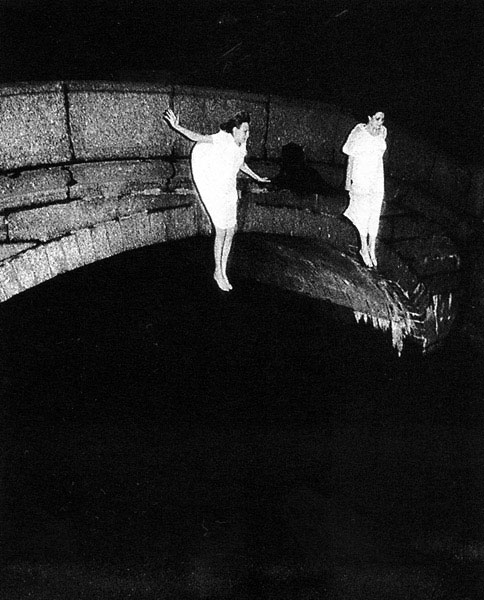
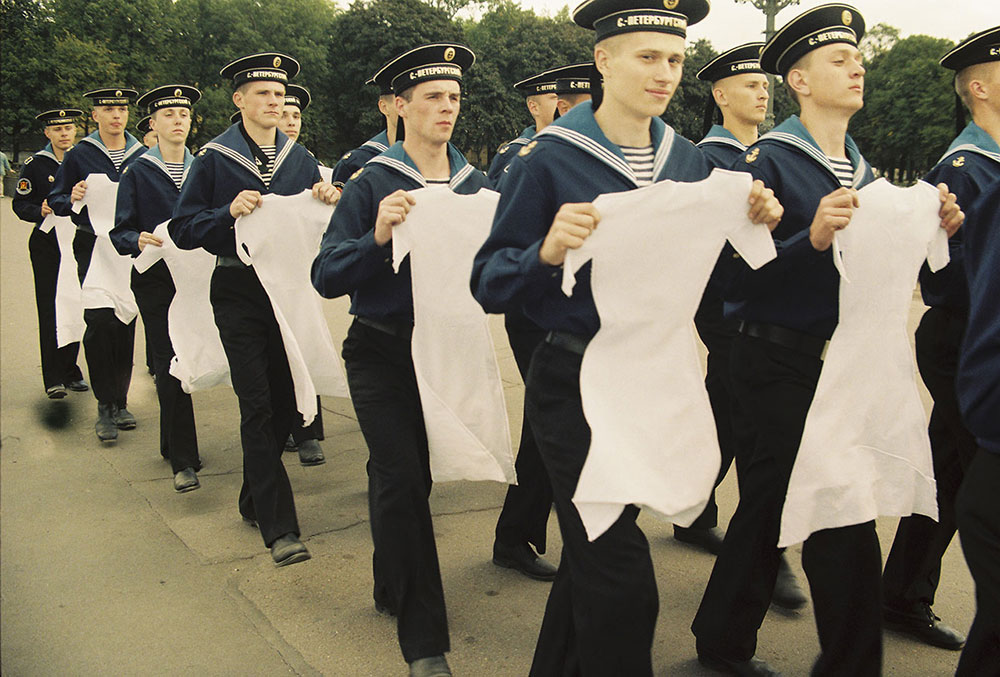
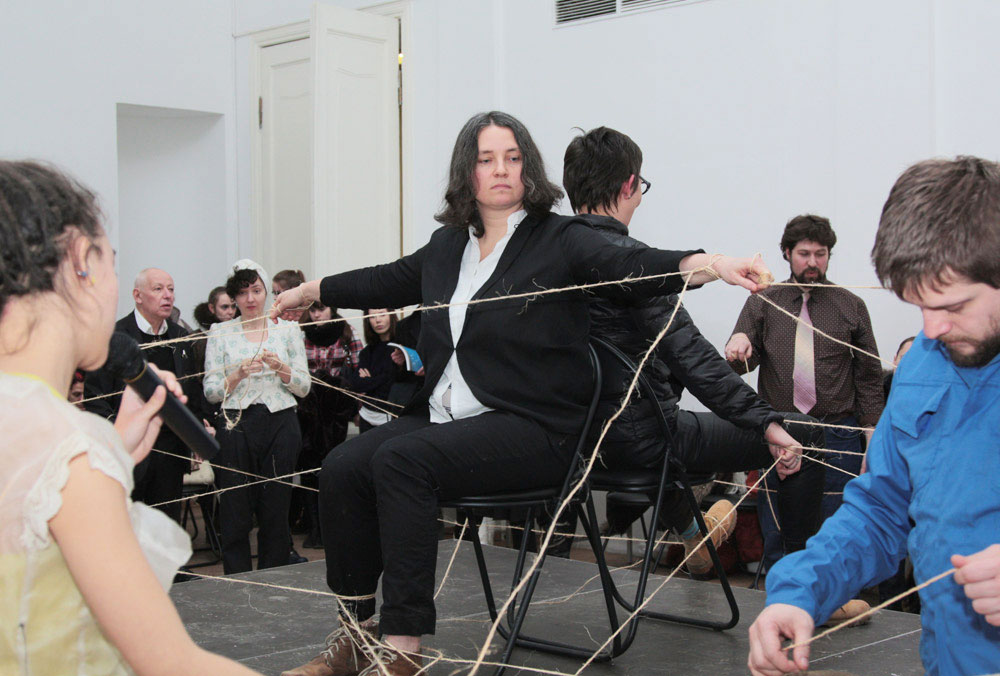
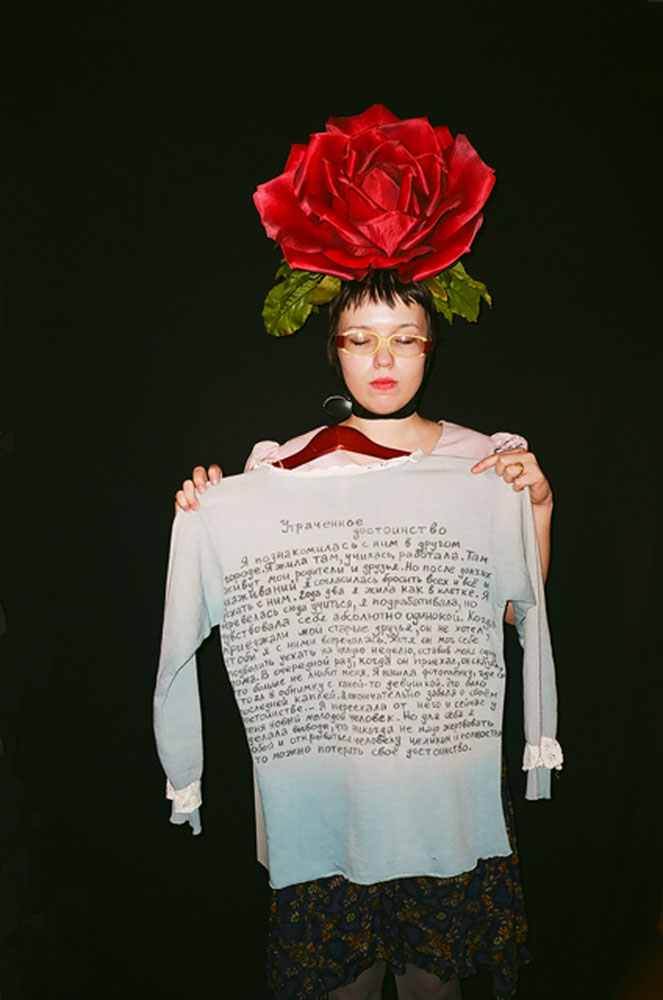
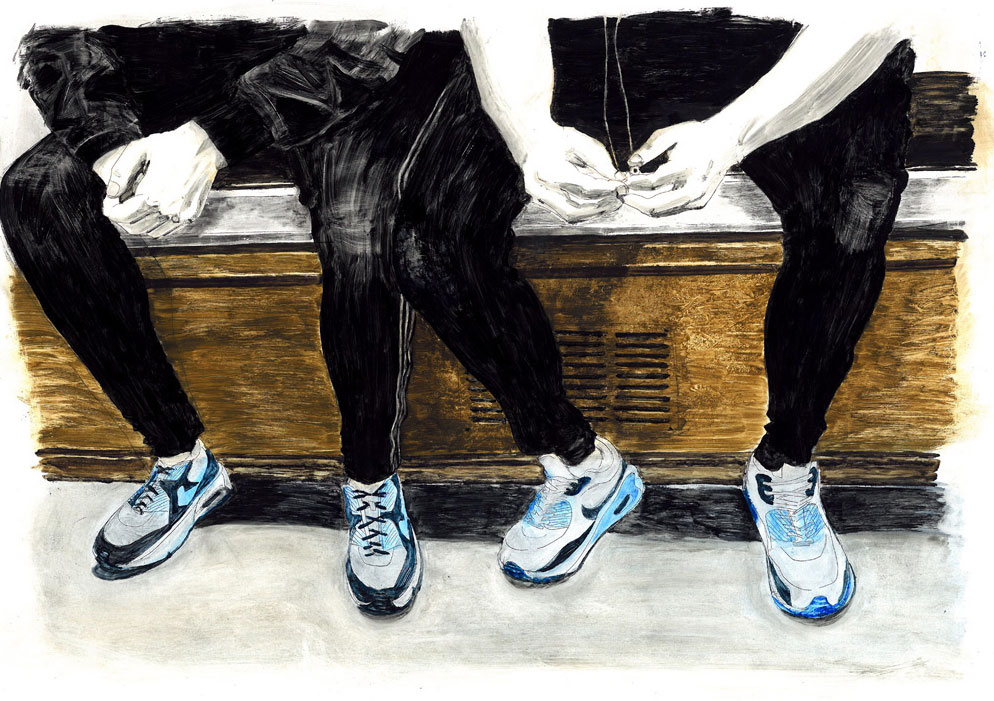
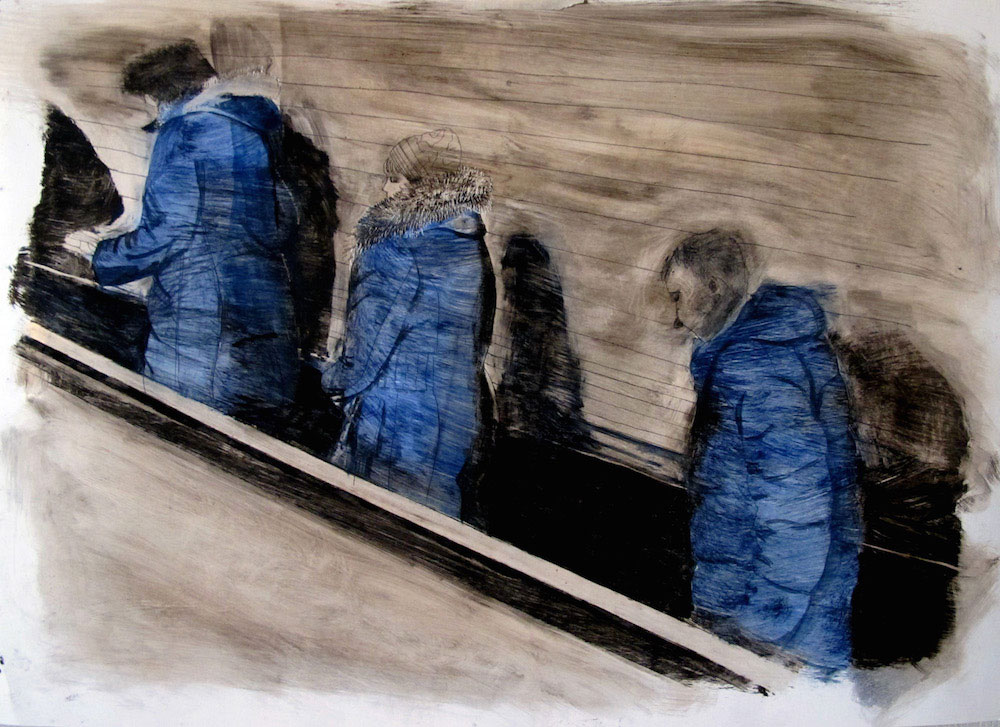
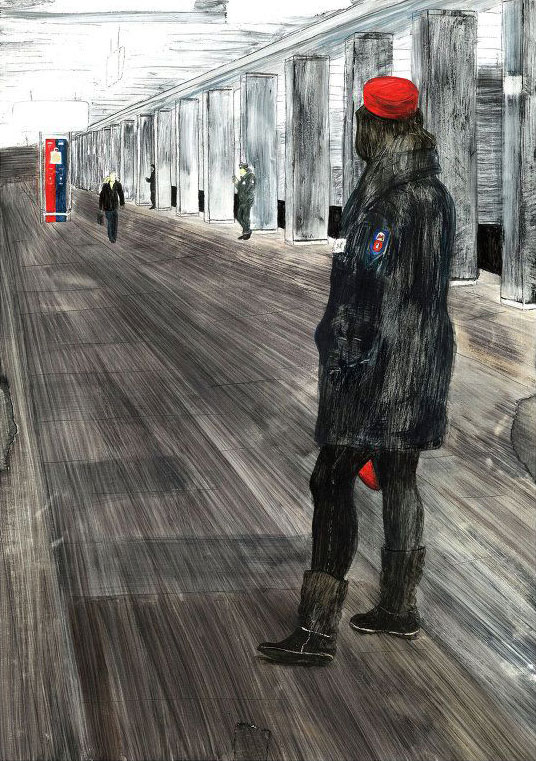
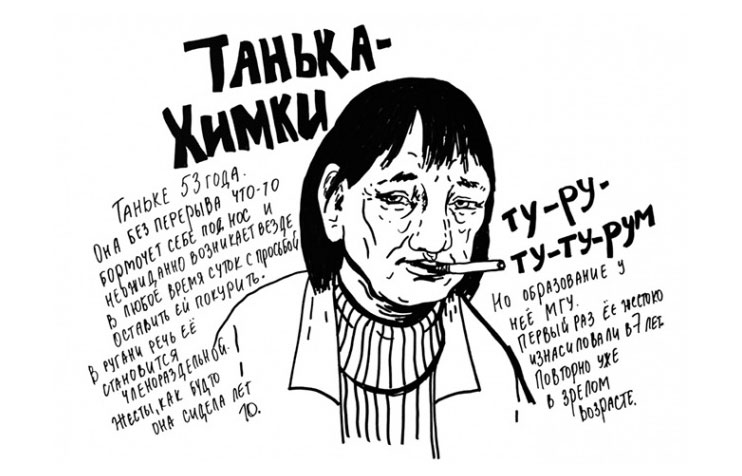
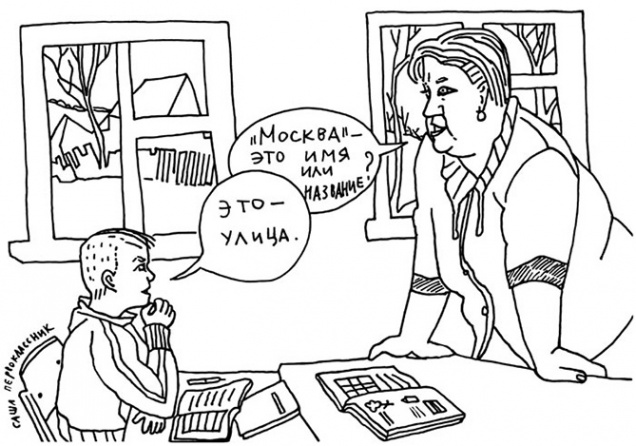
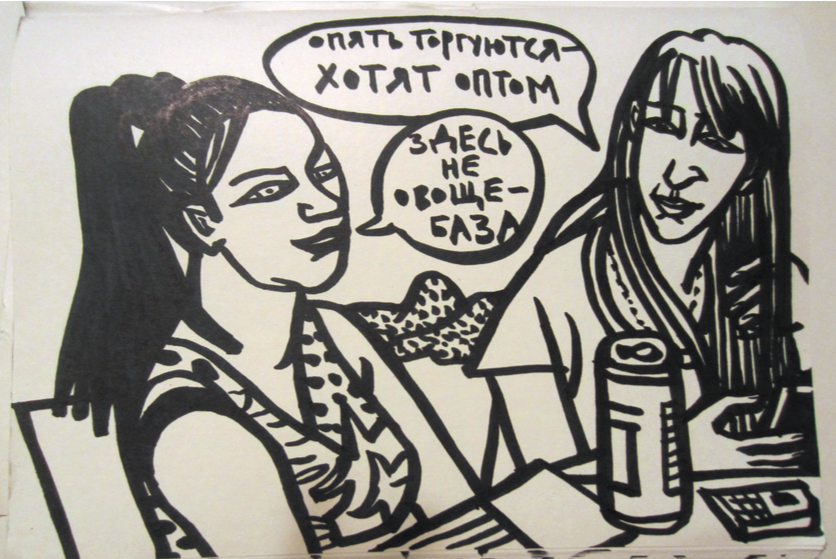
.jpg)
